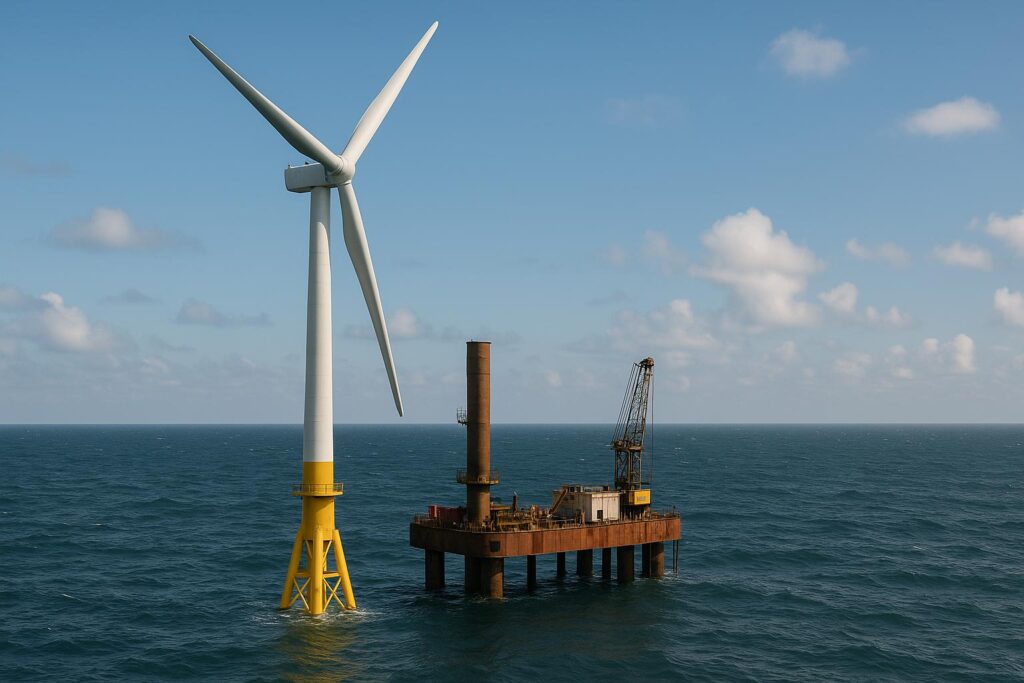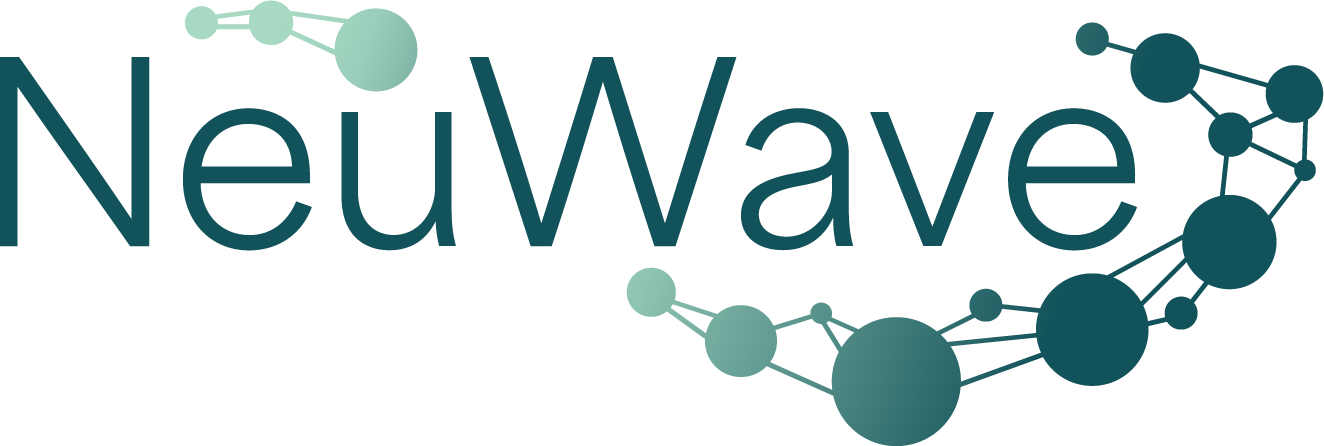When it comes to offshore wind, the cost of compliance mistakes is measured in years and millions. Regulatory compliance is a project-length marathon.
Developers find themselves navigating an ever-evolving matrix of environmental regulation, marine policy, and O&M oversight. But the manual processes and legacy datasets are struggling to keep up with increased and tightening demands.
But can AI really change the game? With intelligent data systems, developers can forecast environmental risk, automate documentation, and monitor live conditions, all while staying ahead of regulatory shifts.
If the future of energy is low-carbon, its foundation must be high-intelligence. This is where compliance becomes an opportunity for better practice; not a barrier to entry.
Compliance challenges in offshore wind
Regulators are tightening the screws on offshore wind development, and compliance is no longer a final-stage formality. Developers are facing mounting pressure from national and international bodies to deliver faster, more environmentally responsible turbine builds in an increasingly dense regulatory landscape.
It’s already a convoluted issue, exacerbated by fragmented, outdated, and incomplete datasets and compounded by slow manual processes. Industry-standard hindcast models like ERA5 are ocean-scale, and don’t reflect true coastal complexities.
That might be acceptable miles offshore, but not when your turbine foundations sit in dynamic shallow water zones.
This leads to rejected permits and planning delays. All of which drives up cost, project uncertainty, and insurance premiums. Without better data and next-gen tools, offshore wind developments will continue leaking time, resources, and funding.

1. AI for environmental risk prediction and planning
One of the most powerful applications of AI in offshore wind (and a critical pillar of regulatory compliance) is environmental risk prediction. When it comes to predicting habitat disruption, or wave turbulence thresholds, developers need to be able to demonstrate that their proposed site meets environmental and operational criteria before any turbine construction starts.
Traditional datasets and manual site assessments just aren’t up to the task. Even in 2025, most offshore wind developments still rely on these outdated modals and methods.
By using next-gen AI tools developers are able to capture the true environmental complexity of their proposed site, from coastal bathymetry and sediment flow, to localised turbulence or ecological disruptions – all of which can impact compliance outcomes. And with improved precision it’s possible to assess true nearshore conditions before submitting any EIAs or proposals.
Incorporating AI improves accuracy and means that assessments can happen faster. It reduces rework, mitigates the risk of permitting rejections, and streamlines the overall compliance process from the first steps of any offshore development project.
2. Automated regulatory reporting
Regulatory reporting is often a time sink for offshore wind development; bogged down by fragmented data and manual processes that are vulnerable to errors. Whether it’s marine licence applications, environmental impact assessments (EIAs), or seasonal operations plans, developers often lose weeks compiling datasets, formatting documentation, and responding to regulatory back-and-forth.
Accurate, accessible, actionable documentation is the future of regulatory compliance procedure. With intelligent AI tools it’s now possible to compile this disperse data into compliance-ready reports in minutes (not months). Platforms like NeuWave’s use integrated, high-resolution MetOcean data to automatically create wave climate summaries, seasonal construction assessments, and environmental baselines – all calibrated to UK and international regulatory standards.
Again, the value here isn’t just speed; it’s traceability. Outputs being timestamped, version-controlled, and backed by validated datasets, builds confidence with regulators, insurers, and investors. By baking automated reporting into the earliest planning phases, developers can reduce the need for reworks and move their project forward faster without compromising on accuracy.
3. Real-time compliance monitoring
Offshore wind projects don’t just need to meet regulatory compliance criteria one time. Developers, coordinators and planners, service vessel operators, and the turbines themselves need to stay compliant throughout construction, operations, and maintenance.
That’s where real-time monitoring capabilities become essential.
From wave height limits to vessel routing constraints, environmental and safety thresholds can shift quickly out at sea. Traditional monitoring relies primarily on static reports and reactive mitigation, but this means that by the time a breach is detected, the damage is often already done.
Without continuous visibility, small compliance breaches can lead to major consequences: insurance claims, operational halts, or revoked licences. For offshore developers, this isn’t just about avoiding fines.
The best defence against uncertainty is data, lots of it. Real-time, site-specific, regulation-ready data, backed by the precision and analysis of powerful AI models like those used by NeuWave. Baked-in scalability alongside real-time monitoring allows operators to maintain business continuity, and build a verifiable track record of environmental integrity.
4. Traceability, audit trails, and real data confidence
When it comes to regulation it’s not enough to simply do the right thing – you need to prove it. From licence renewals to environmental disputes, offshore wind developers are expected to show transparent, time-stamped evidence of compliance across every stage of their project.
Automated traceability is a game-changer. With AI tools every dataset – from wave climate to vessel access logs – is documented, version-controlled, and linked to specific operations. No more scrambling through emails and random PDFs to prove you were within threshold.
In an increasingly digitised world, audit-ready data trails are becoming a core expectation from all regulators and stakeholders. And with increasing demand for Environmental, Social, and Governance (ESG) accountability, your ability to demonstrate the integrity of your data is what fosters confidence (and compliance).
That’s how you keep approvals – and projects – moving.
5. Future-proofing for evolving compliance demands
As governments around the globe accelerate net-zero targets and tighten environmental protections, offshore developers need to be prepared for a new wave of compliance demands. This might mean adaptive permitting, biodiversity net gain requirements, climate risk disclosures, and ESG-aligned operational reporting… and more.
The idea is to focus not on what you’re doing now, but on how your project holds up in the decades to come. That’s where predictive AI can make a difference. By integrating long-term MetOcean data to simulate future climate scenarios and map seasonal patterns, AI tools can help align offshore project planning with upcoming and predicted environmental (and policy) shifts.
By embedding AI into planning workflows, offshore developers can meet today’s compliance requirements; while also stress-testing their project against both the regulatory and environmental future.
AI is transforming compliance from a bottleneck into a strategic advantage with better data, faster reporting, and built-in accountability. In a high-stakes, high-growth industry like offshore wind, intelligent compliance allows for better practices and improved infrastructure longevity.
With AI tools like NeuWave’s, developers can stop firefighting compliance issues and start building smarter from day one.
Low-carbon, high-intelligence offshore energy developments…
Stay ahead of evolving regulations with NeuWave’s AI-powered tools. From precision forecasting to automated compliance reporting, our platform helps offshore wind developers plan smarter, move faster, and reduce risk at every step.

